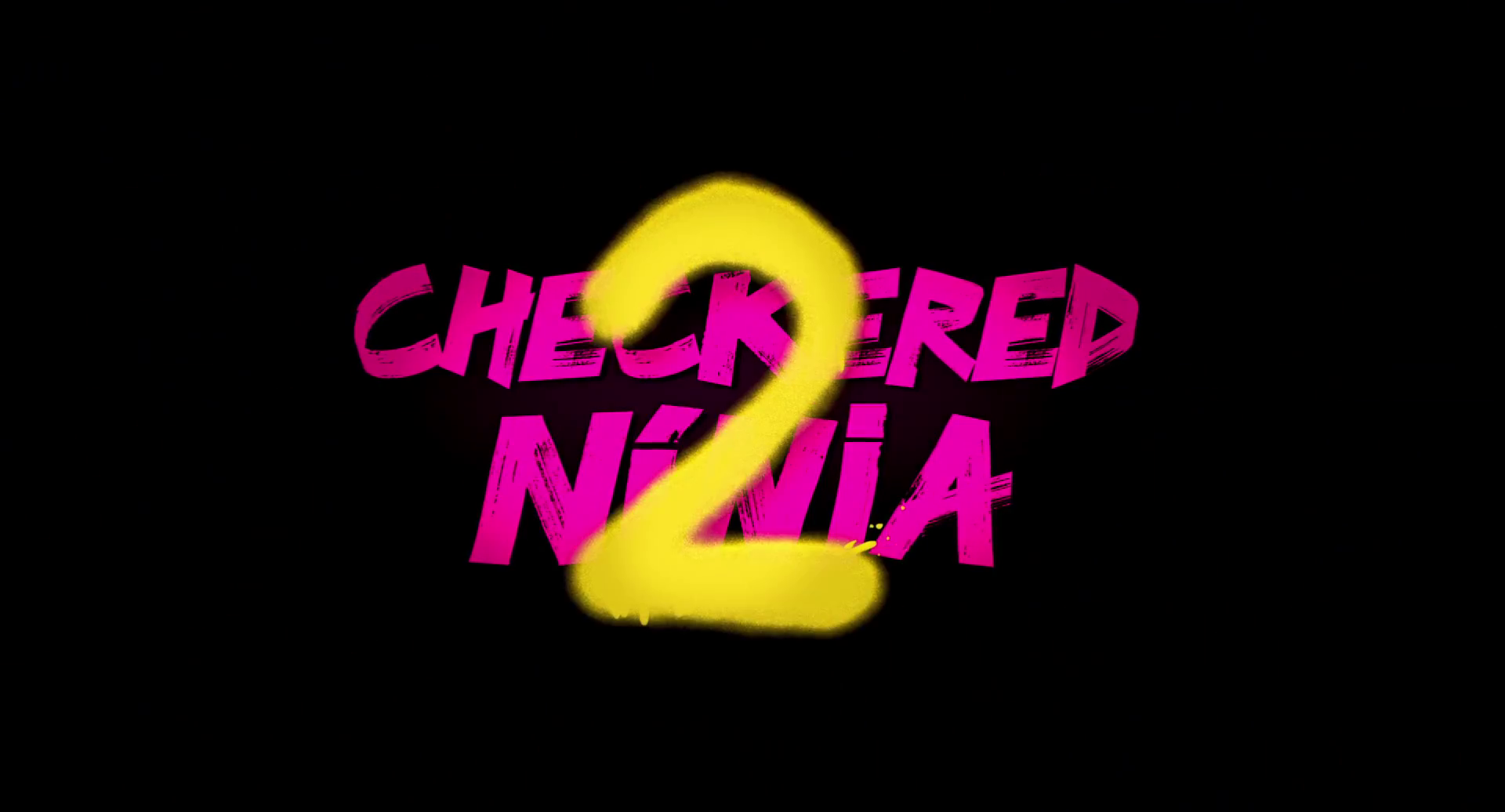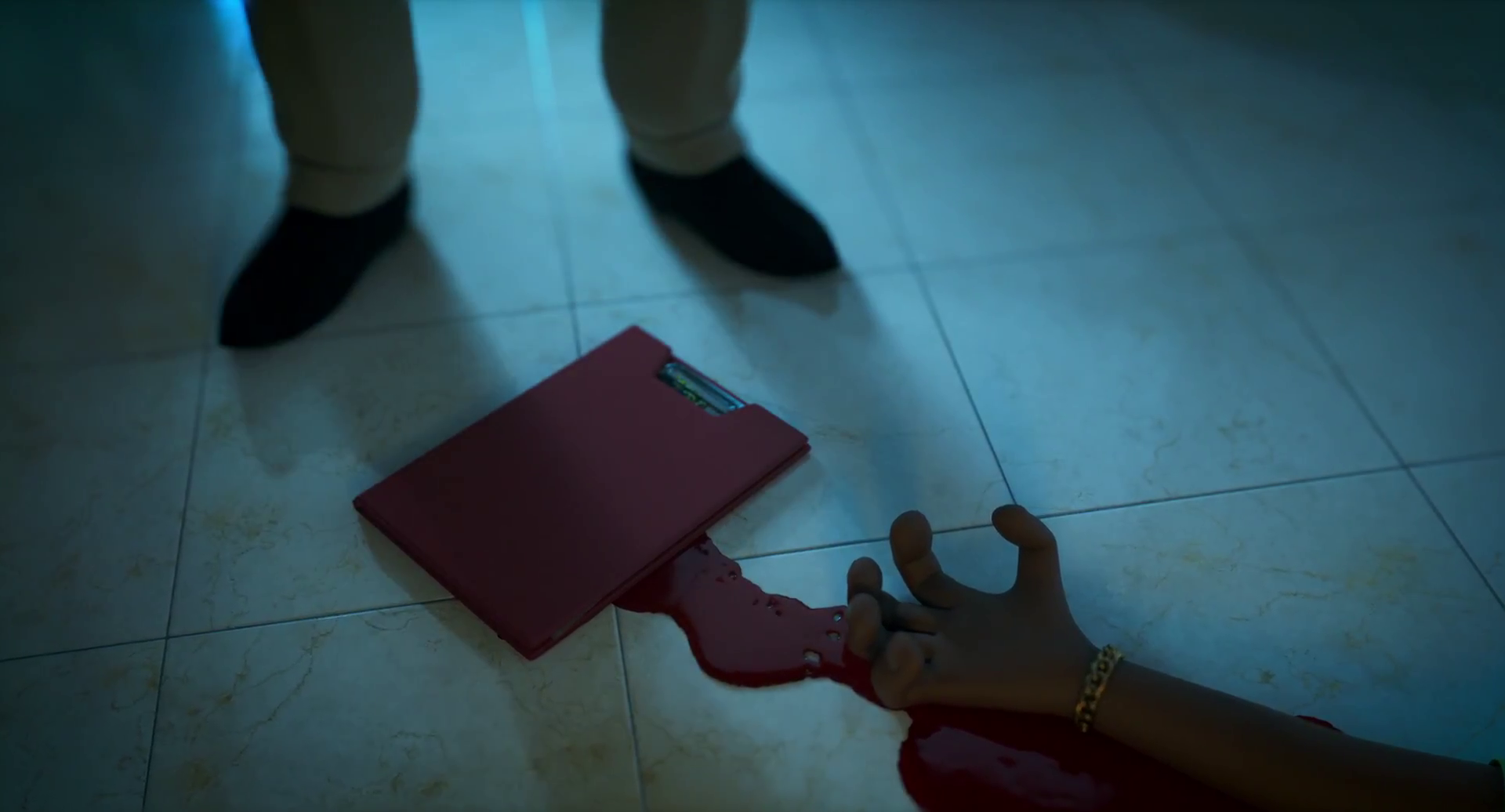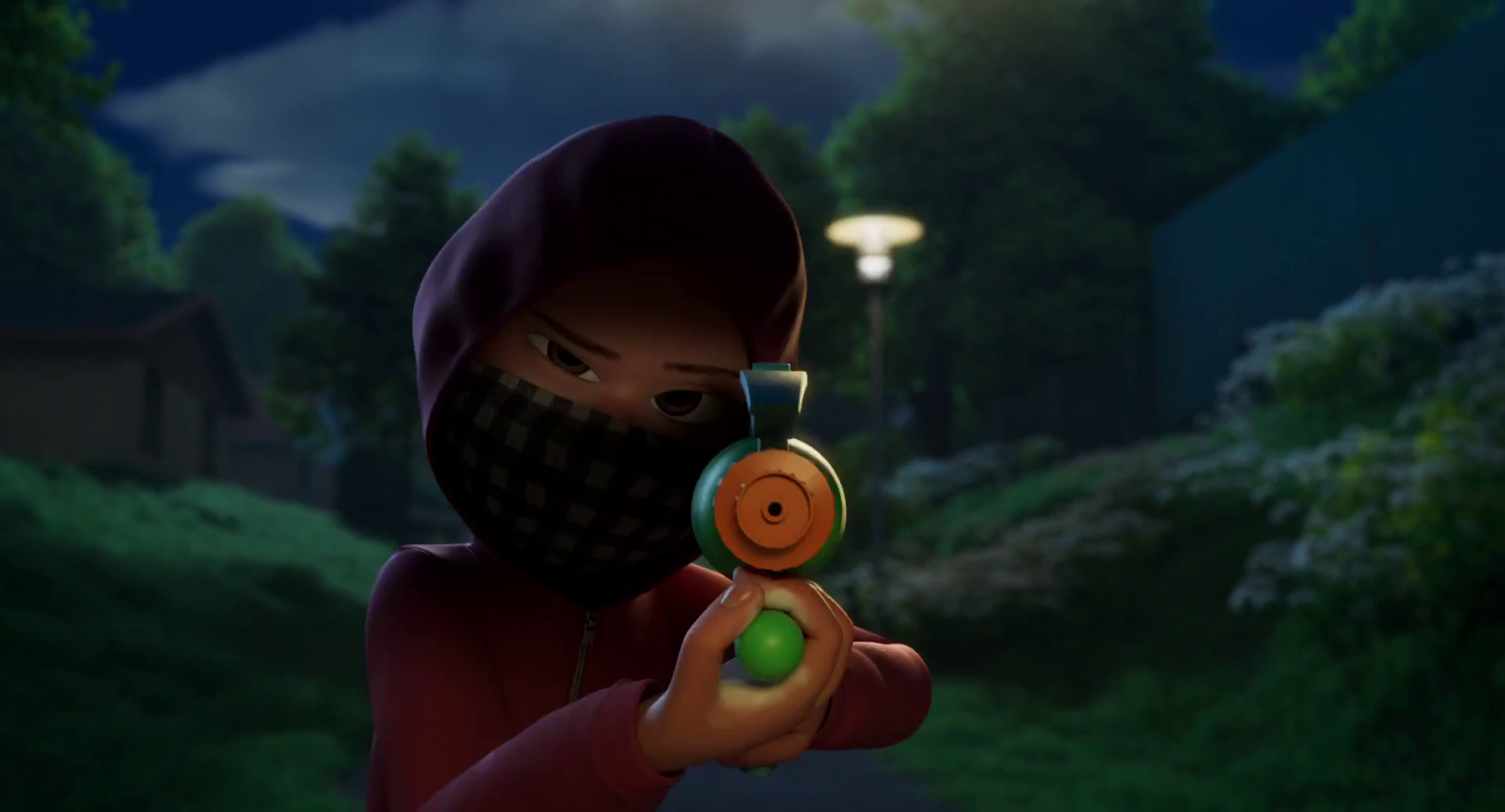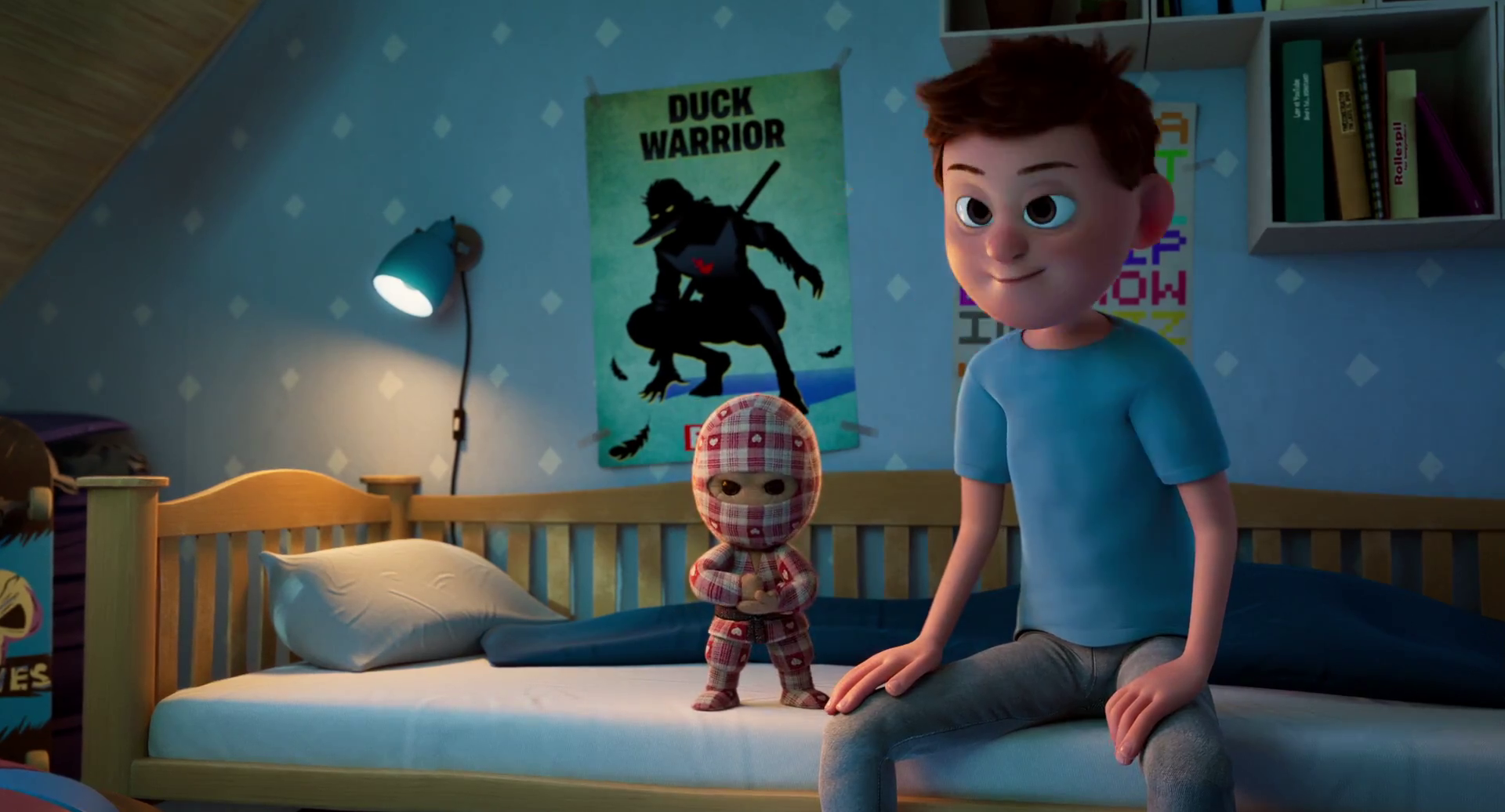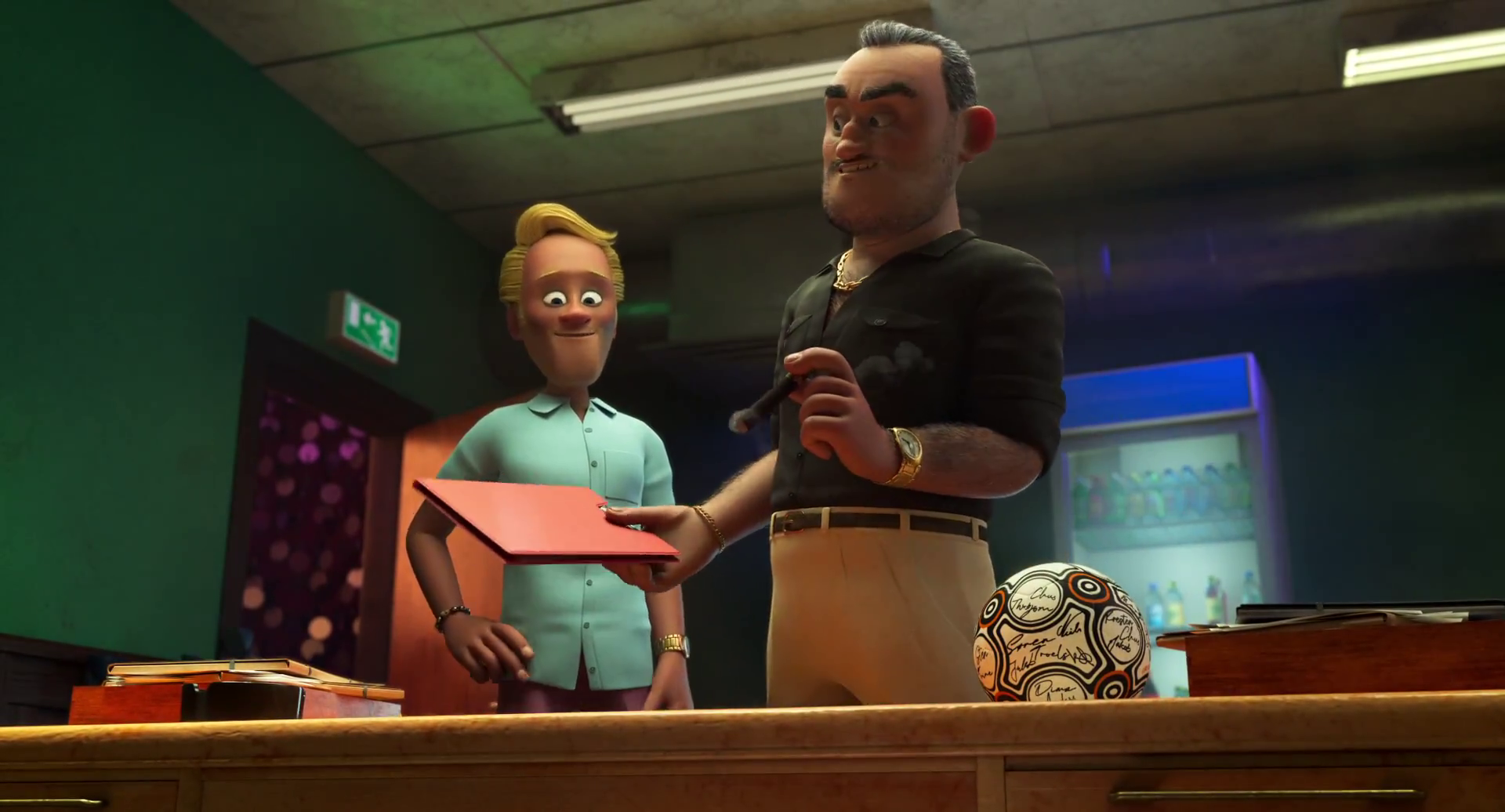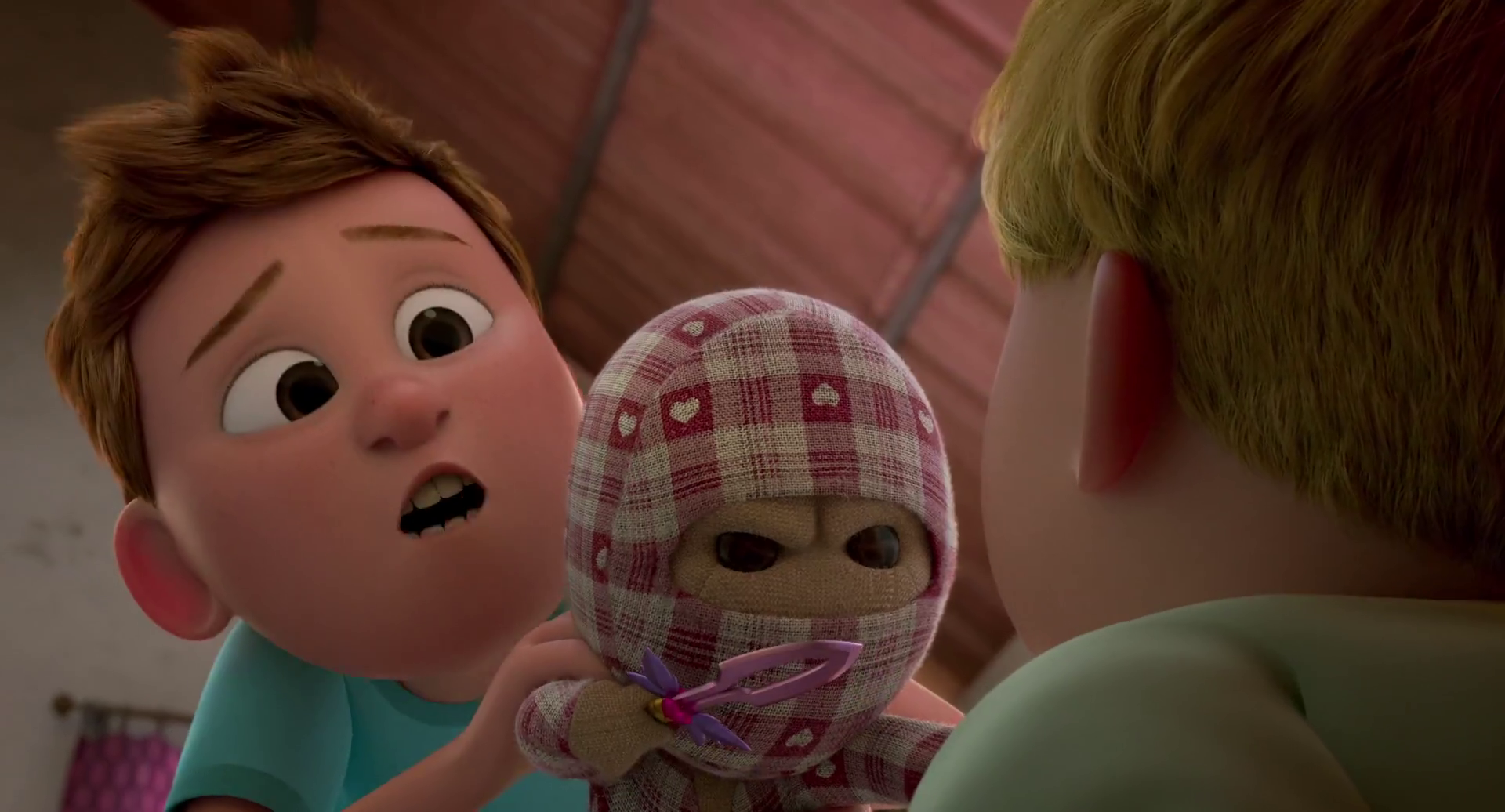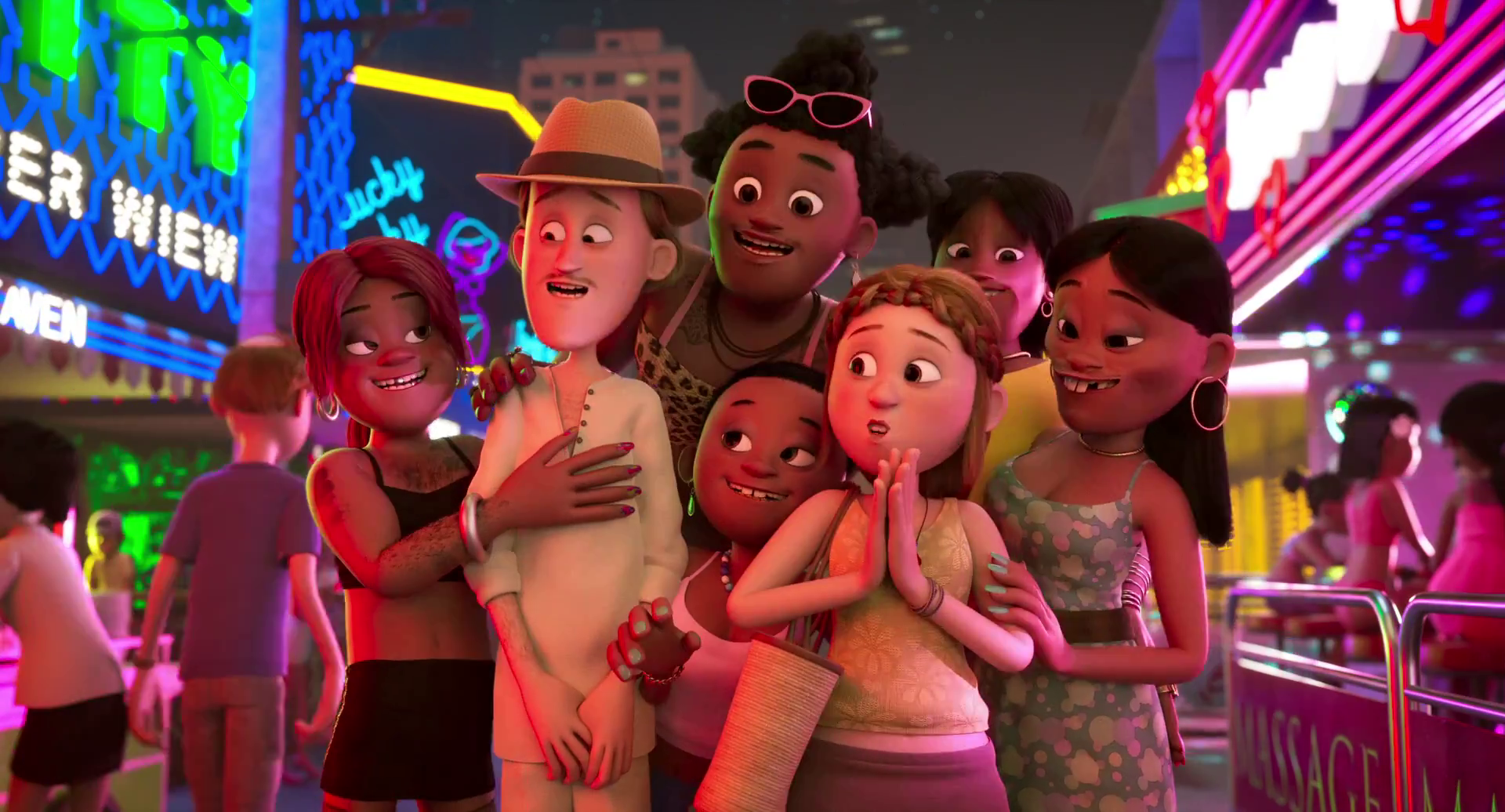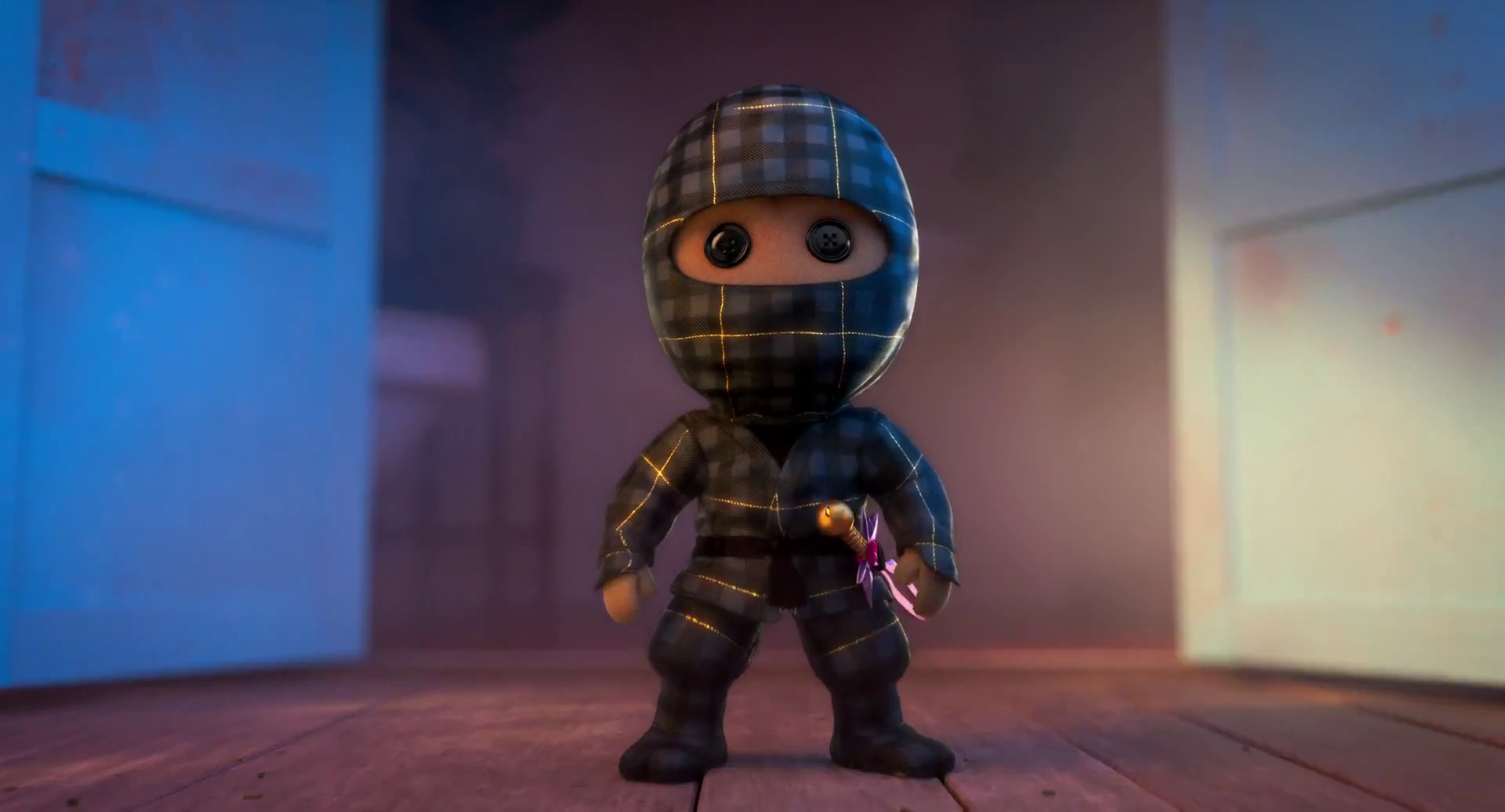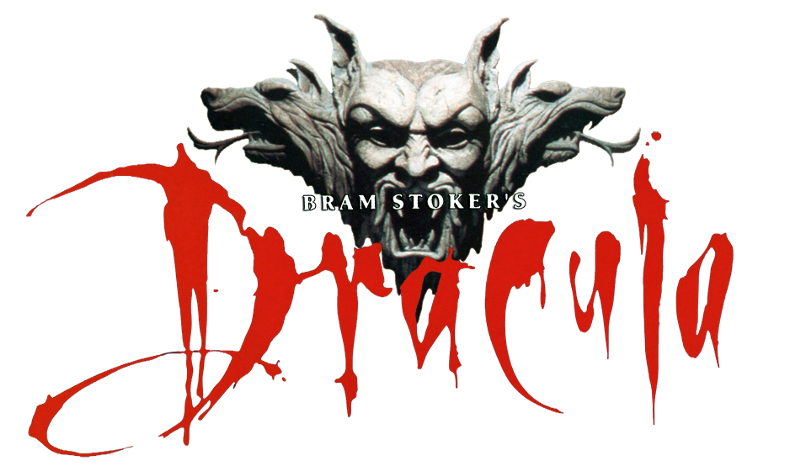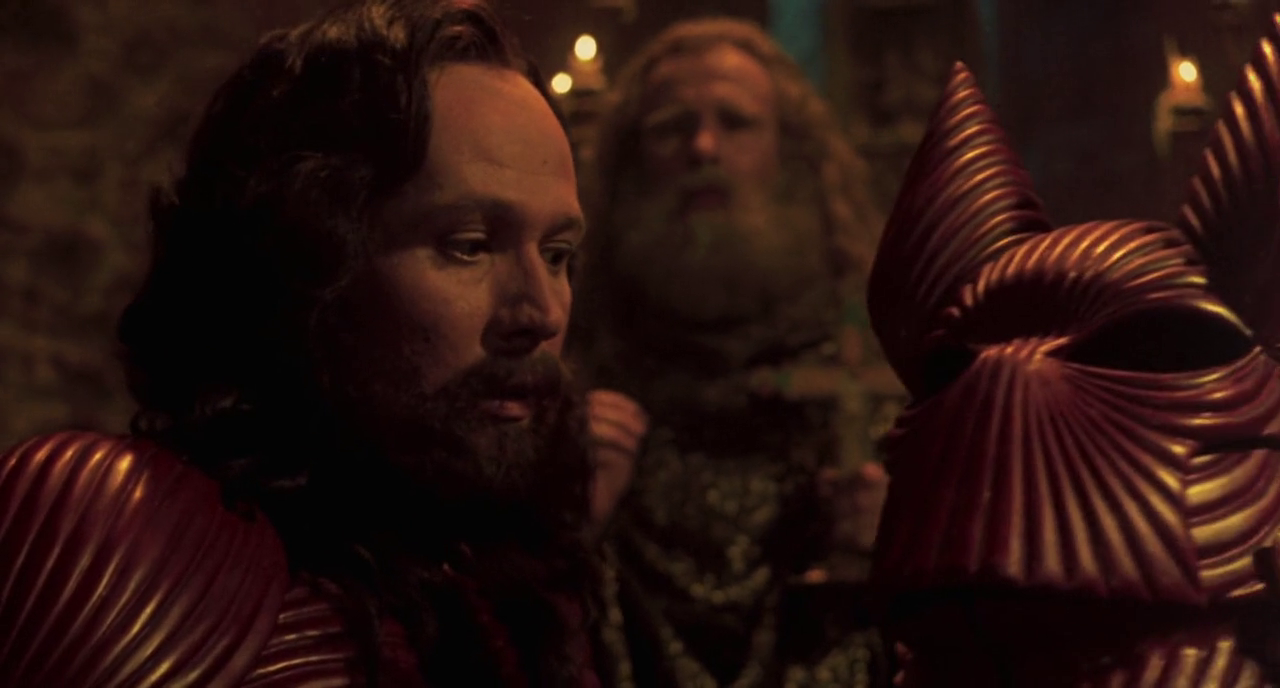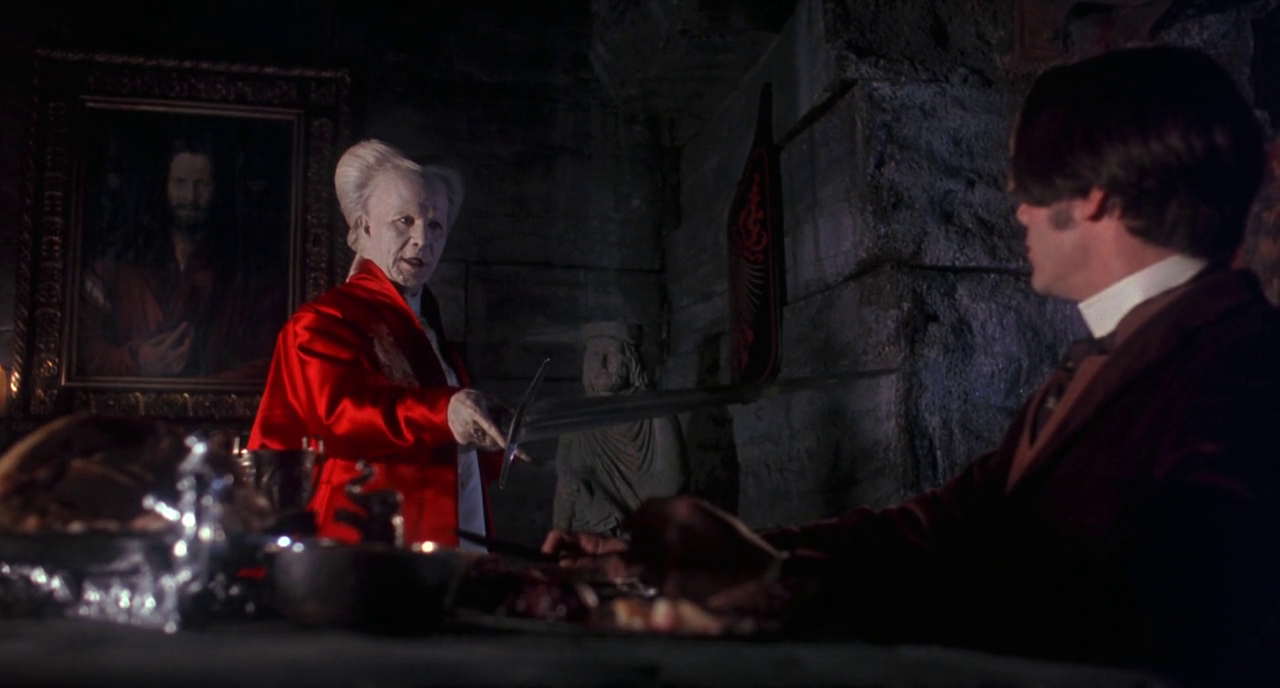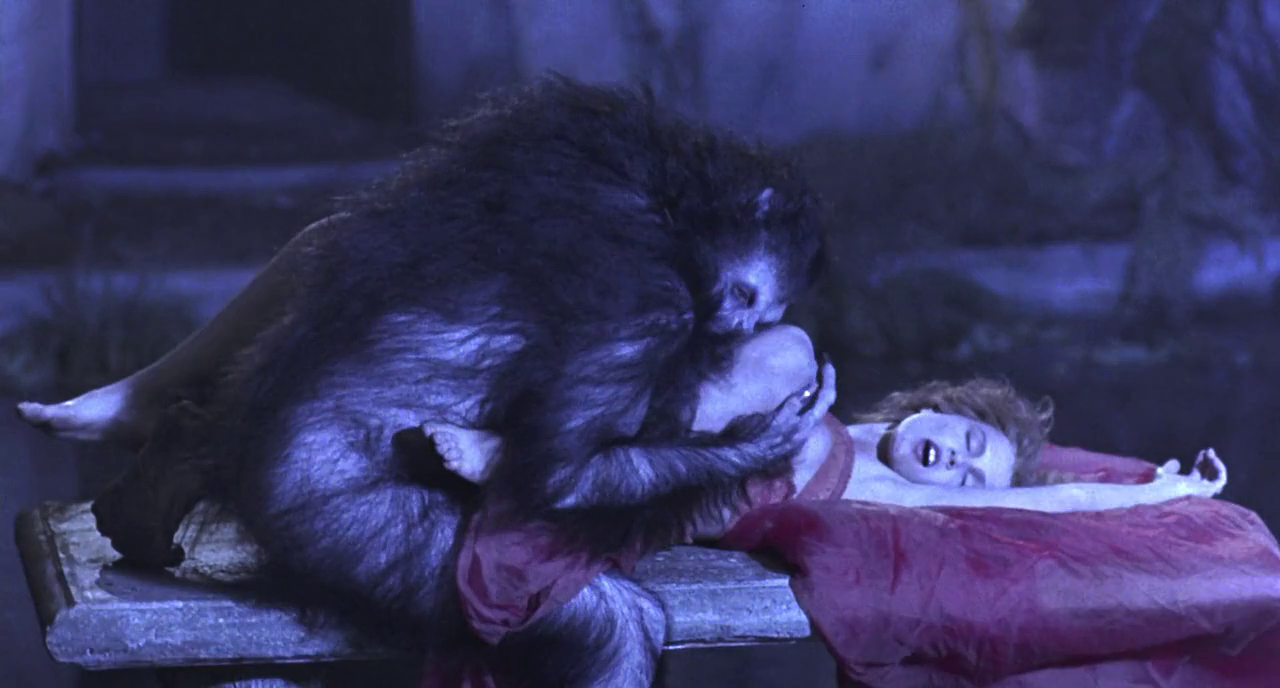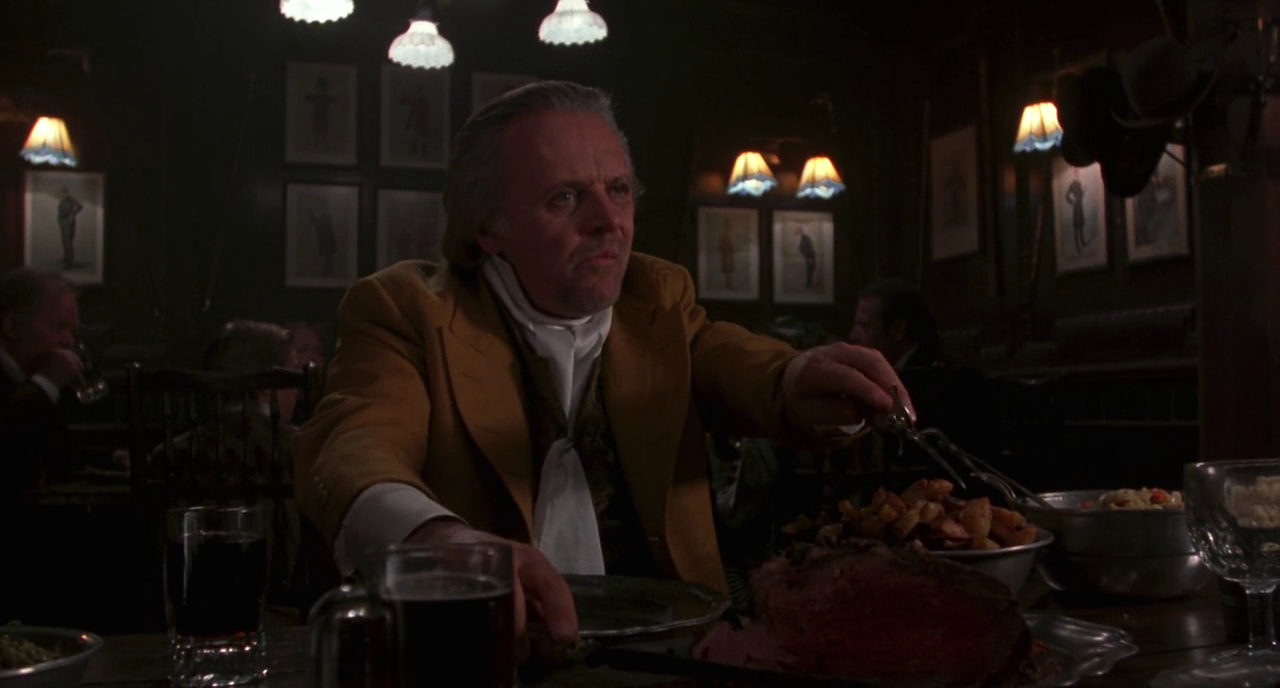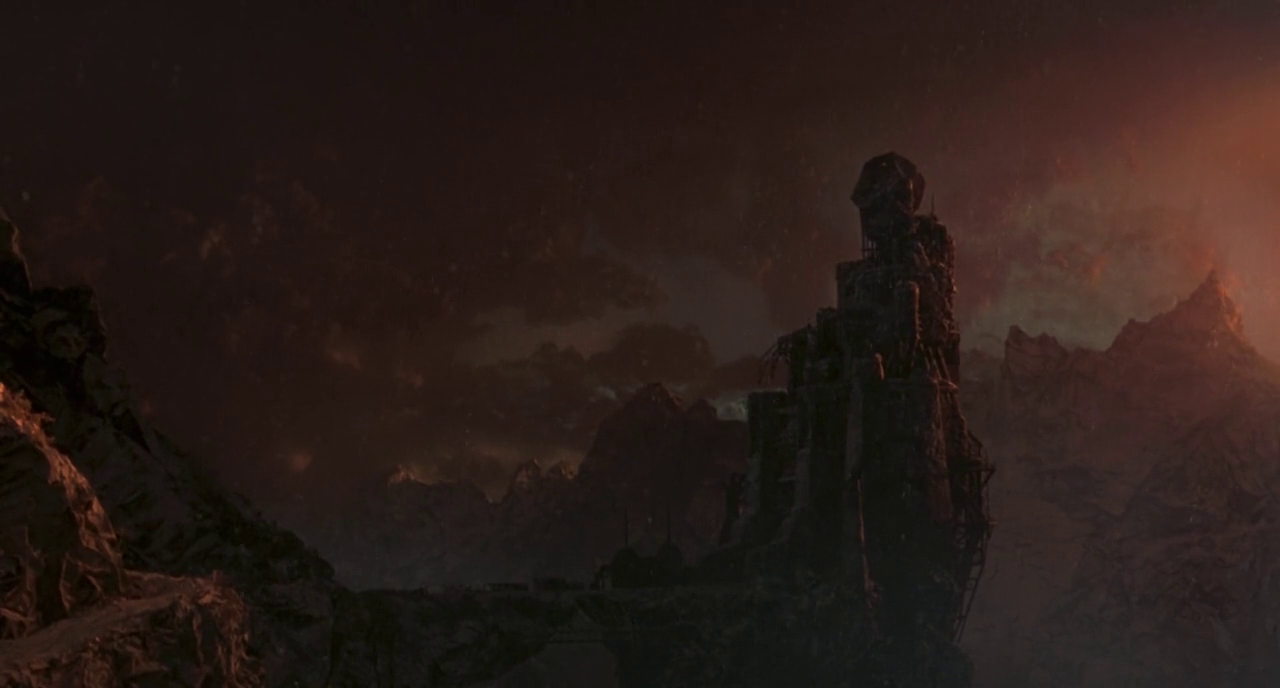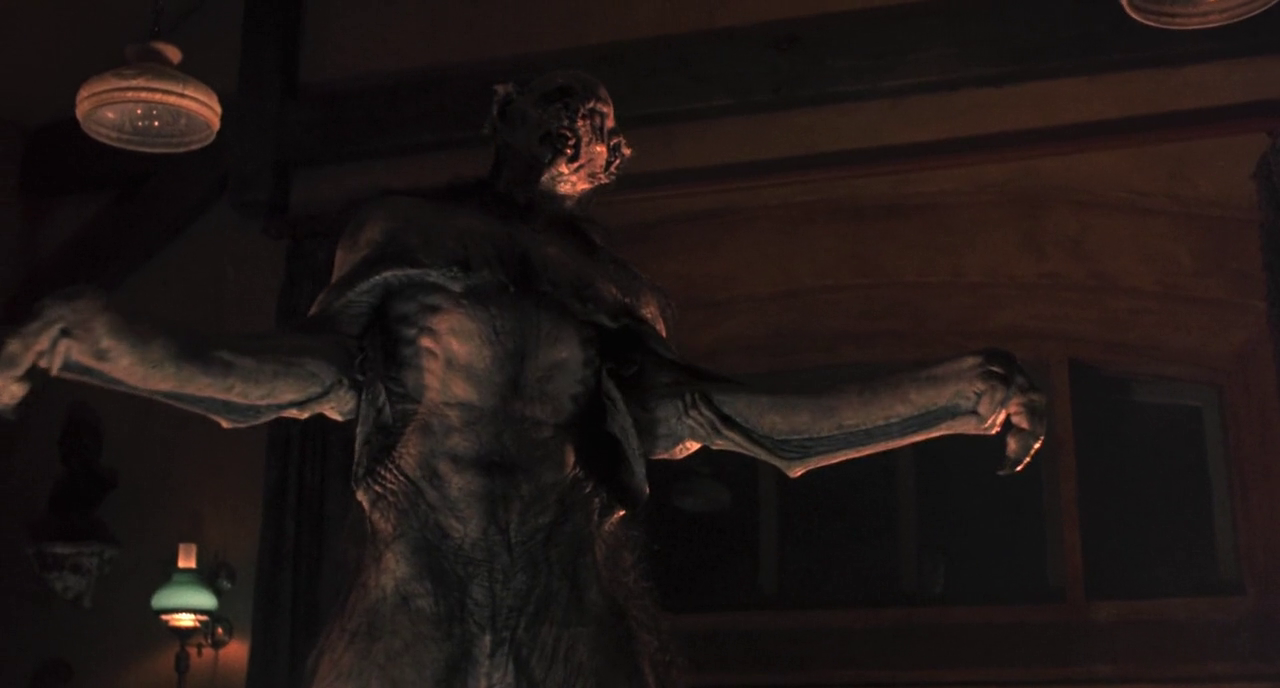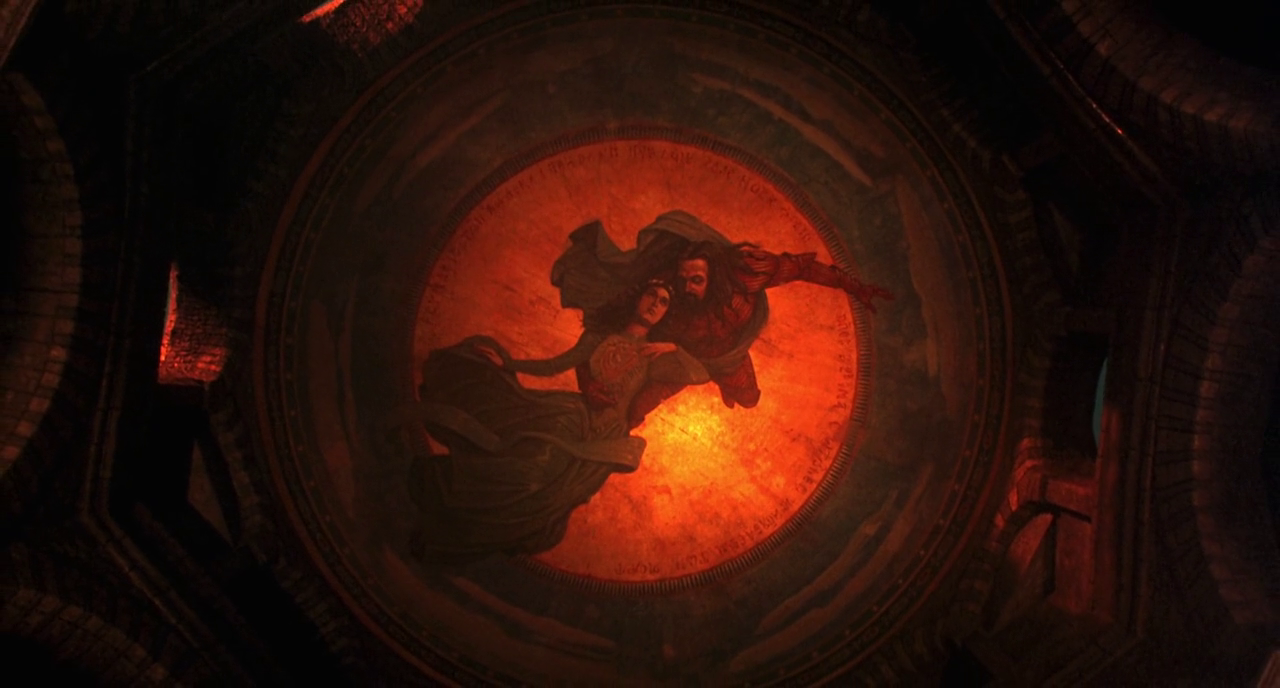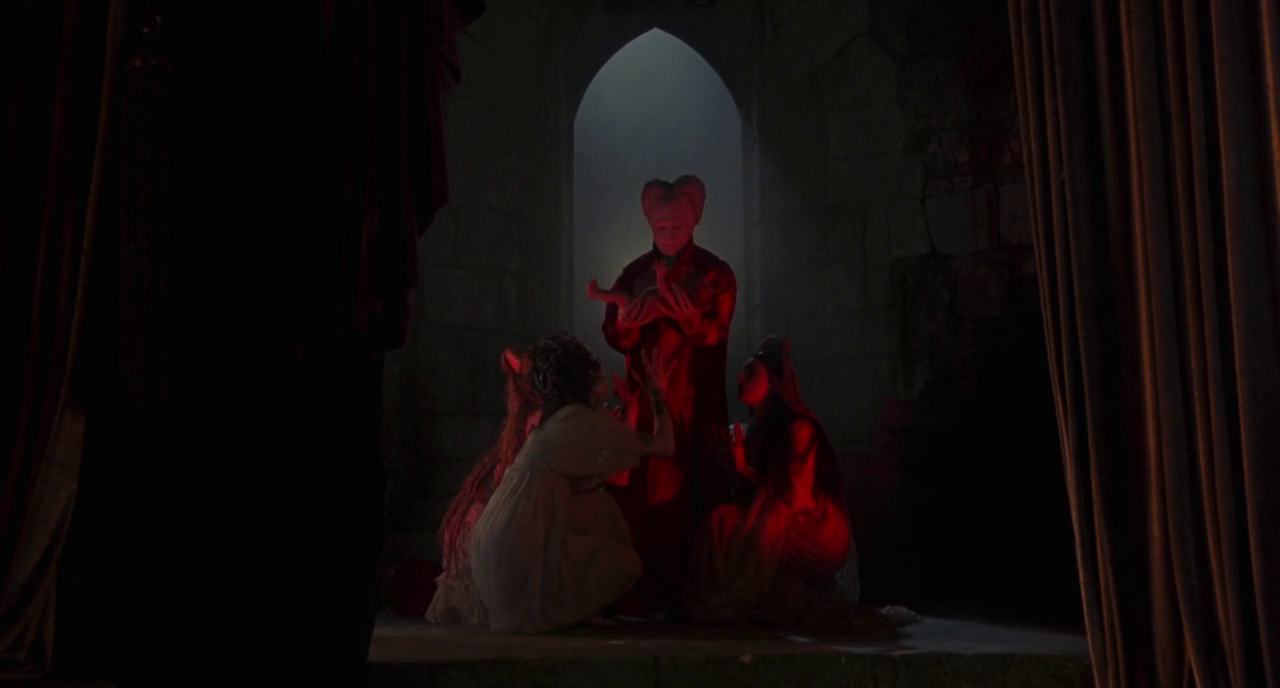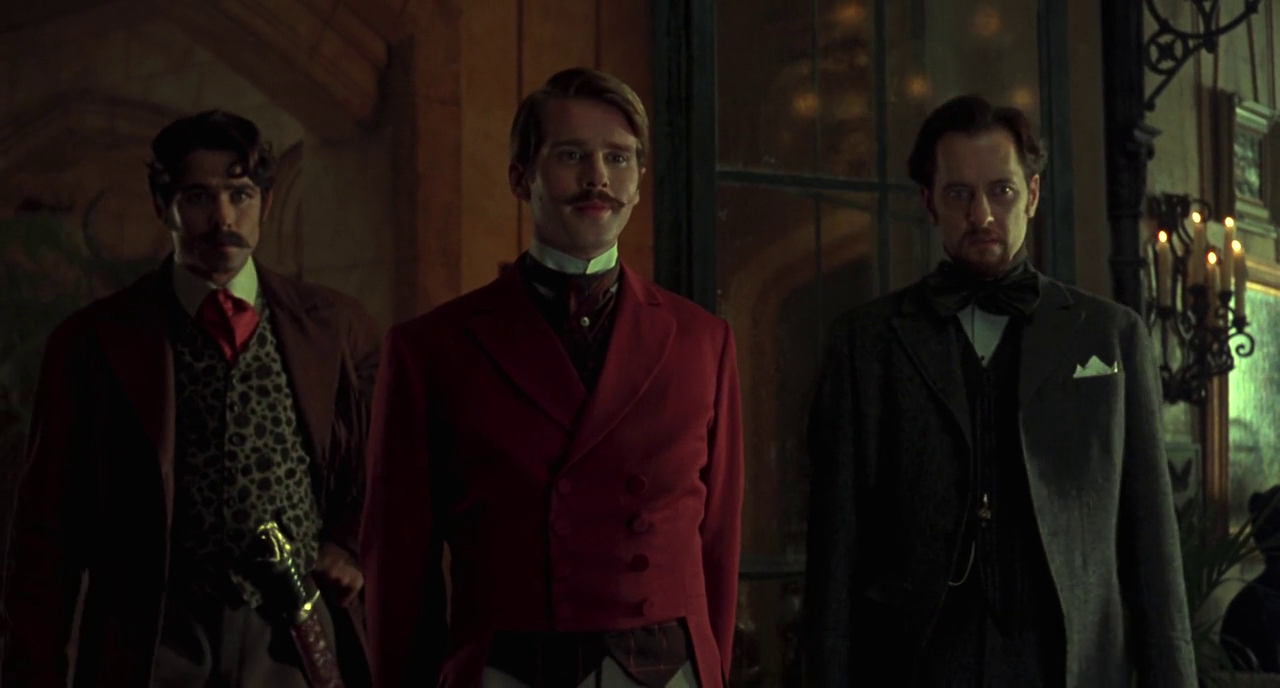Pornographic spoofs of popular mainstream films has been a long-standing tradition to the point of it becoming a genre unto itself, unfortunately, the stuff being made today is more akin to someone simply raiding a local costume shop and then quickly shooting a couple of scenes on video, yet back in the day a serious amount of time and money was spent to produce such sexual satiric versions, but as films like 1974’s Flesh Gordon did cost a bit of money this type of spoof has been set aside for cheaper and quicker porn parodies, ones that would be streamed and forgotten as fast as they are made. This brings us to the movie we will be looking at today, a sex parody of Michael Crichton’s science fiction classic Westworld, cleverly enough called SexWorld, which I think deserves to be remembered.
This looks like a nice double-bill.
Anthony Spinelli was one of the major players when it came to pornographic films during the "Golden Age of Porn," with a career that spanned three decades, but his best title was easily SexWorld, a tale about an amazing resort where guests could have any sexual fantasies fulfilled. Written by Spinelli, this film isn’t really a lampoon of Crichton’s film as it doesn’t really have much in the way of a science fiction feel to it, sure they have sex pleasure bots for the guests but it’s more about adults coming to grips with their own sexual hang-ups than it is about the science fiction elements, and there is certainly no running for your life from a robot Yul Brynner. The movie opens with a group of people boarding a charter bus to SexWorld, a place where guests are treated to a non-judgmental opportunity to work out their kinks, repair marriages or even simply delay loneliness for a brief period of time.
“Coffee, Tea or Me?”
Among the passengers is a painter named Joan Rice (Lesllie Bovee) and her husband Jerry (Kent Hall), there's a woman named Millicent (Kay Parker) who desires a more forceful partner but her submissive and impotent partner Ralph (Jack Wright) who can’t fulfill those needs and has someone serious mommy issues, and finally, we have the lonely and introverted Lisa (Sharon Thorpe), who relies on visiting XXX theatres and phone sex with strangers to get what she desires. During their orientation they are told “We offer everything and anything; bondage, domination, watersports and incest, whatever you desire” and while we hear the SexWorld administrator offer such a wide diversity of sexual experiences the film will remain mostly vanilla, aside from the rough sex Millicent receives as expresses her wish to be dominated and a rather bizarre interlude with Roger encountering a black woman (Desiree West), who he saw on the bus but had no interest in having sex with her because he is a colossal bigot, despite him claiming otherwise “I’m not racist, I just don’t like you people.”
Tonight on “The Honky and the Hottie”
The film plays quite fair in the interracial sex department because not only does Roger get his racial horizons broadened but poor introverted Lisa learns the truth behind the say “Once you go black you never go back” and there will be, of course, plenty of lesbian action with Joan fulfilling her fantasy of having sex with her next-door neighbour Marian (Abigail Clayton) and then there is Jerry who finds himself in a room with two girls that put on a show for him before including him in on the fun, but that’s about it for sexual experimentation, other than a bizarre cuckolding moment with Ralph, who is lured away from watching his wife getting ravished so that he can be cured of his mommy issues, there isn’t all that much kink on display, at least not as one would expect from a film called SexWorld. There will be no bondage scenes or bathroom play and certainly nothing as taboo as incest.
I know porn is about voyeurism but isn’t this going too far?
Stray Observations:
• The premise of this film could best be compared to that of the Aaron Spellings Fantasy Island, in fact, a Fantasy Island erotic series is something Netflix should really think about investigating.
• That the charter bus that takes them to the park has a big “SexWorld” banner on the side this clearly indicates that the world of this film has achieved a healthier attitude towards sex.
• One of the rules is no fraternizing with other people from the tour group, which seems like a rather odd restriction for a place called SexWorld.
• The park’s clientele consists of both male and female guests, yet they only have male counsellors, you’d think getting honest answers about secret sexual desires would be easier to achieve if there were counsellors of both sexes.
This place has only slightly more privacy than what you’d get at the DMV.
Anthony Spinelli’s SexWorld only hints at its science-fiction underpinnings, that the sexual partners provided to the guests are manufactured on the spot is the only real futuristic element on display, right up to giving you a replica look-a-like of the man or woman of your dreams, whether that person is from real life or your imagination, but the nature of how the resort works isn’t the point of Spinelli’s story as it is more about creating a psychological playground for his characters than it is some kind of futuristic thriller, and to his credit, this film does handle mature themes in a way one would not expect to see in a pornographic movie – and to be sure, this is a very graphic movie – and he also spent time and effort into creating colourful sets and unusual locations for these hardcore romps to take place. It should be noted that the movie has a weird ending, where all but one of the technicians in SexWorld’s control room freeze as if suddenly turned off, and why Spinelli thought this “twist” ending was needed is beyond me.
Disney Imagineers worked night and day to achieve this.
Though SexWorld doesn’t push any boundaries in the field of sex and is not as kinky as one may have assumed going by the premise, it does manage to explore some of the darker places of one’s Id and I have to give him credit for creating a genuinely sincere if odd little flick, which can’t be all that easy considering he didn’t have high-calibre actors at his disposal nor a big budget, but the end result was a solid erotic journey that was more cerebral than expected and with honest themes that many viewers will be able to relate to.
